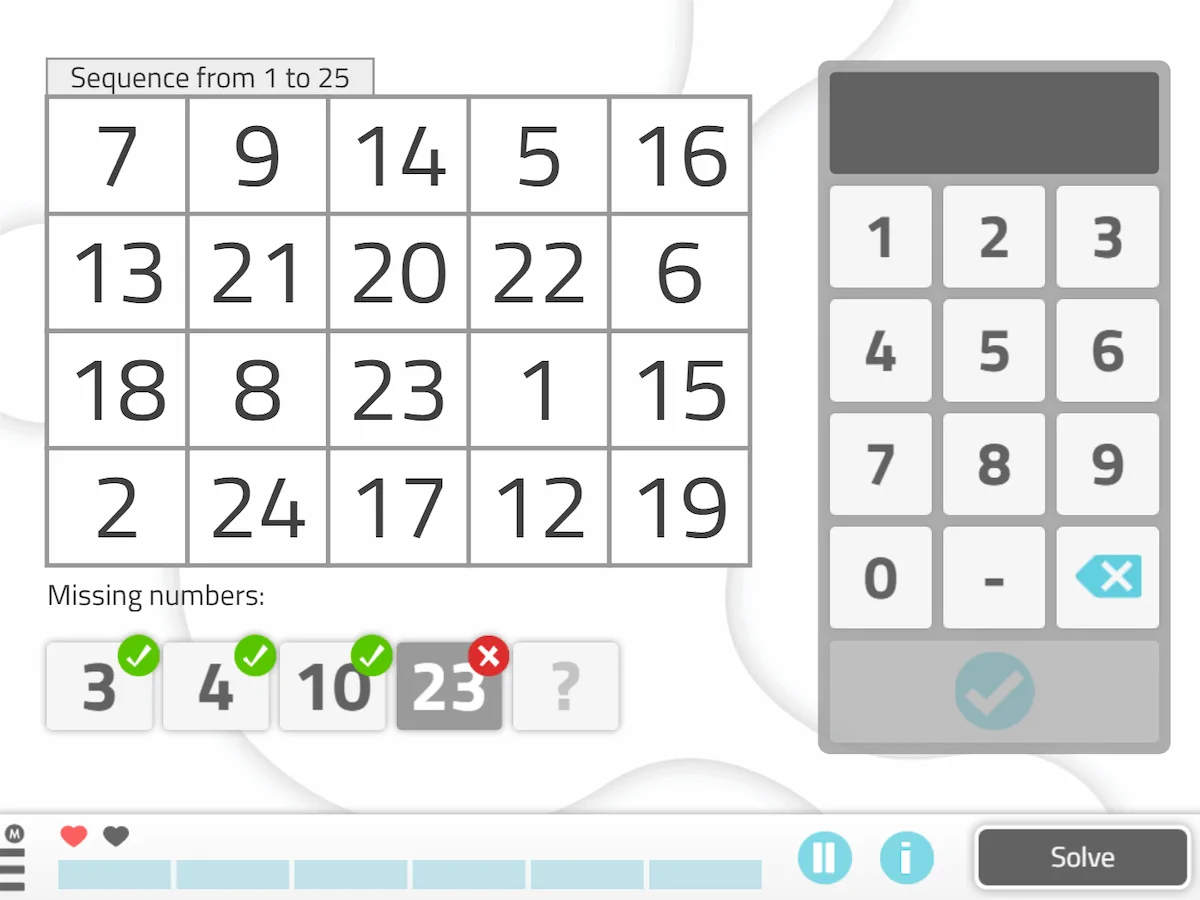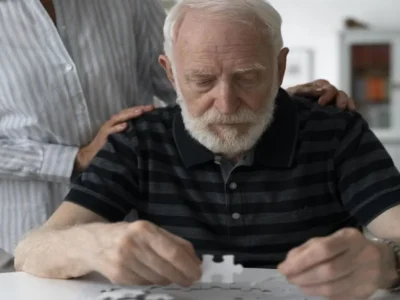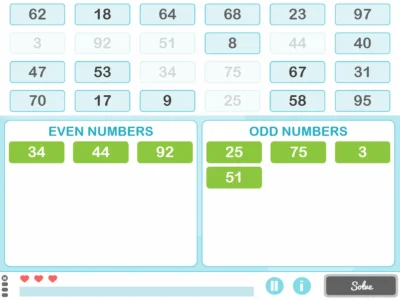ACODEM clinical psychologist Juan Portillo Rivas proposes to us a NeuronUP activity to work on cognitive impairments associated with people with multiple sclerosis.
Taking into account NeuronUP’s eminently practical and functional philosophy, it seemed useful, practical, and enjoyable to use an activity from the platform to make a brief and simple review of aspects related to the cognitive decline associated with multiple sclerosis (MS). If you are interested in more theoretical information about this disease, I encourage you to consult our website of the Córdoba Association of Multiple Sclerosis, it would be more
Some preliminary considerations
- Not all people diagnosed with MS end up suffering cognitive decline or impairments. According to Fisher (2001), cognitive impairment affects between 40% and 60% of people with MS.
- The main characteristic of cognitive impairments in MS is their heterogeneity and variability between individuals, so it is risky to propose cognitive deficit profiles in MS.
- Even so, according to Cummings and Benson (1984) one could speak of a profile of cognitive impairments associated with MS, characterized by the presence of problems with processing speed, attention and concentration, memory, and executive functions.
Based on this profile, I propose an activity with which we can work all those functions in a single exercise.
The most complete cognitive exercise for people with multiple sclerosis: Find the missing numbers
The specific activity is Find the missing numbers. Most of you who use the platform will know it; for those who don’t, we’ll explain it.
What does it involve?
It involves searching for a series of numbers that are missing from a given sequence.
Customization of the activity
The basic exercise I manipulate is this
- Sequence from 1 to 50,
- 5 numbers are missing,
- between 4 and 7 minutes, depending on the individual,
- the missing numbers are not written down until they are all found,
- session goal: 3 successful exercises in a row or 4 successful alternating ones,
- always try to start with a baseline that is adjusted to the individual’s situation, and manipulate variables according to the results,
- that it is neither too easy nor too difficult,
- set a performance goal at the start of the session.

Working on different executive functions
Below, we explain how we use this exercise for people with multiple sclerosis with the aim of working on the following executive functions.
To work on processing speed
The variable to manipulate is the time limit to complete the exercise. In fact, any activity or exercise, for whatever function, to which we set a time limit, becomes an exercise for processing speed.
To work on memory
Unlike the original exercise, the boxes with the empty numbers are not cleared one by one when they are found; instead, the participant has to “store in memory” all the numbers until they find the last one, which is when they write them all down.
I gradually manipulate the number of missing numbers to remember.
To work on sustained attention and concentration
I manipulate the:
- Length of the sequence of numbers,
- number of exercises,
- pause between exercises.
To work on executive functions
Specifically, flexibility, planning, and working memory, the exercise requires the therapist’s active participation and continuous interaction, because the participant must communicate each time they find a number, since at that moment the search sequence changes (flexibility).
The participant begins searching from 1 in ascending order; when they find the first number, they “call it out” aloud, and the search sequence changes to descending from 50 until they find the next one. At that moment they must manipulate the information of the numbers they have stored to avoid starting the search again from 1 or 50 (working memory) so as not to waste time.
Conclusion
You can work on many things with a single exercise, which, on the one hand, makes it more functional (rarely in our daily lives do we engage only one cognitive function) and, on the other hand, results in time savings.
I hope you find it useful. I’m sure it can be improved in many ways. Use your imagination to create your most complete cognitive exercise for people with multiple sclerosis.
If you liked this post about the most complete cognitive exercise for people with multiple sclerosis, you might also be interested in:
“This article has been translated. Link to the original article in Spanish:”
El ejercicio cognitivo más completo para personas con esclerosis múltiple







 Cognitive Intervention with Adolescents with Attention-Deficit/Hyperactivity Disorder, Hyperactive Type
Cognitive Intervention with Adolescents with Attention-Deficit/Hyperactivity Disorder, Hyperactive Type
Leave a Reply